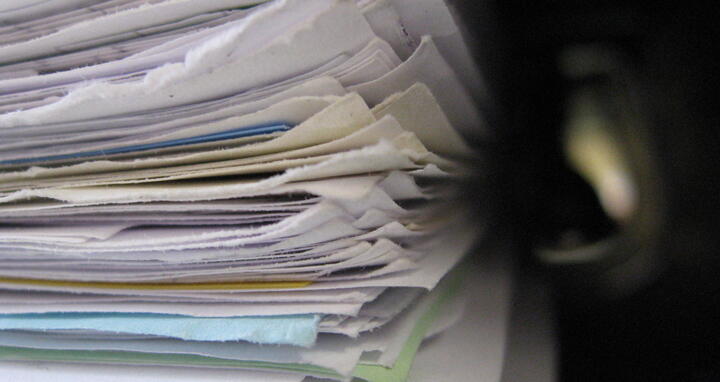Must read: Thoralf Niendorf recommends a paper on the future of brain MRI
Thoralf Niendorf, who heads the Berlin Ultrahigh Field Facility (B.U.F.F.) at the MDC, recommends:
- Budinger TF, Bird MD, Frydman L, Long JR, Mareci TH, Rooney WD, Rosen B, Schenck JF, Schepkin VD, Sherry AD, Sodickson DK, Springer CS, Thulborn KR, Uğurbil K, Wald LL (2016): „Toward 20 T magnetic resonance for human brain studies: opportunities for discovery and neuroscience rationale.“ MAGMA 29(3), p. 617-39. doi: 10.1007/s10334-016-0561-4
Thomas Budinger is an 86 year-old expert in MRI and an energetic and admirable fellow. His paper is so interesting because we see the same story over and over again. Pioneers conceived magnets with higher fields (starting with 0.5 T 30 years ago) that might open the door on new insights into anatomy, function, connectivity and other aspects of the brain. Today's instruments are now down to the in vivo biochemistry level. With this article, Thomas writes about the step into the future being taken by physicists, engineers, and pioneers from related disciplines with a concept they are calling Extreme Field MR (EF-MR). This envisions human MR at 20 Tesla and it is an important leap because it aims to fill a crucial "resolution gap" in our understanding of human biology. In his introduction Thomas writes, "Ultrahigh fields open unique doors to the interrogation of individual brain metabolites. Neurotransmitters such as glutamine, glutamate, and GABA can easily be distinguished from energetic reporters such as lactate, glucose, and ATP. Also, heteronuclear MRS and MRSI measurements using stable 13C and 17O tracers and naturally abundant 31P can enable brain function maps of energetics not available to studies even at 7 T. The sensitivity boost arising from ≥14 T fields will lead to 23Na, 35Cl, 39K, and possibly other nuclide mapping at unprecedented spatial resolutions and signal strengths."
Have you recently read an important paper from your field that you'd like to recommend to your colleagues? Send us the reference, along with a couple of lines about what grabbed your interest, and we'll pass it along in Insights.
Article image: Papers pile by Niklas Bildhauer. This file is licensed under the Creative Commons Attribution-Share Alike 2.0 Generic license.





